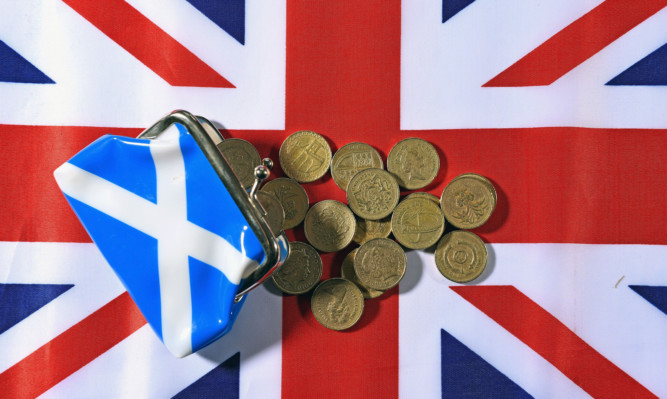
The torrent of facts and figures surrounding the economics of Scotland going it alone has been relentless.
More often than not the same set of figures has been reheated by the campaigns to try to nullify each other’s advances, meaning with just days until polling day we’re left with the same simple truths about oil, pensions and public spending which can’t be ignored.
The oil and gas reserves will not run dry the day after independence but they are depleting and, with all the easy pickings of the first boom on their way out, extraction costs are soaring.
And the potential for a second wind very much hinges on the development of new technology to make it cost-effective.
Although naturally a cautious bunch, the pensions industry is deeply uncomfortable with the prospect of independence.
They are long used to successive UK Government’s inaction on the issue of affordability and claim the issue will only be exacerbated in an independent Scotland with its shrinking pool of people to pay taxes.
Both of these issues lead on to just how much money an independent Scotland would have to spend.
It could stand on its own two feet, but would it be better off is the more instructive question.
The majority of independent experts think it would face huge challenges, at least in the short term, and this will have knock-on effects as to how much cash can be put into vital services such as schools and hospitals.
This will be dismissed as scaremongering, but it is the honest picture painted by the SNP’s Finance Secretary John Swinney in a leaked report.
The No campaign is undoubtedly guilty of over-egging the negative financial consequences of a Yes vote but there is no getting away from the fact they are grounded in uncomfortable truths about the cost of paying for ageing populations, the cost of SNP giveaways, unknown future oil revenues and falling number of taxpayers.

Enjoy the convenience of having The Sunday Post delivered as a digital ePaper straight to your smartphone, tablet or computer.
Subscribe for only £5.49 a month and enjoy all the benefits of the printed paper as a digital replica.
Subscribe